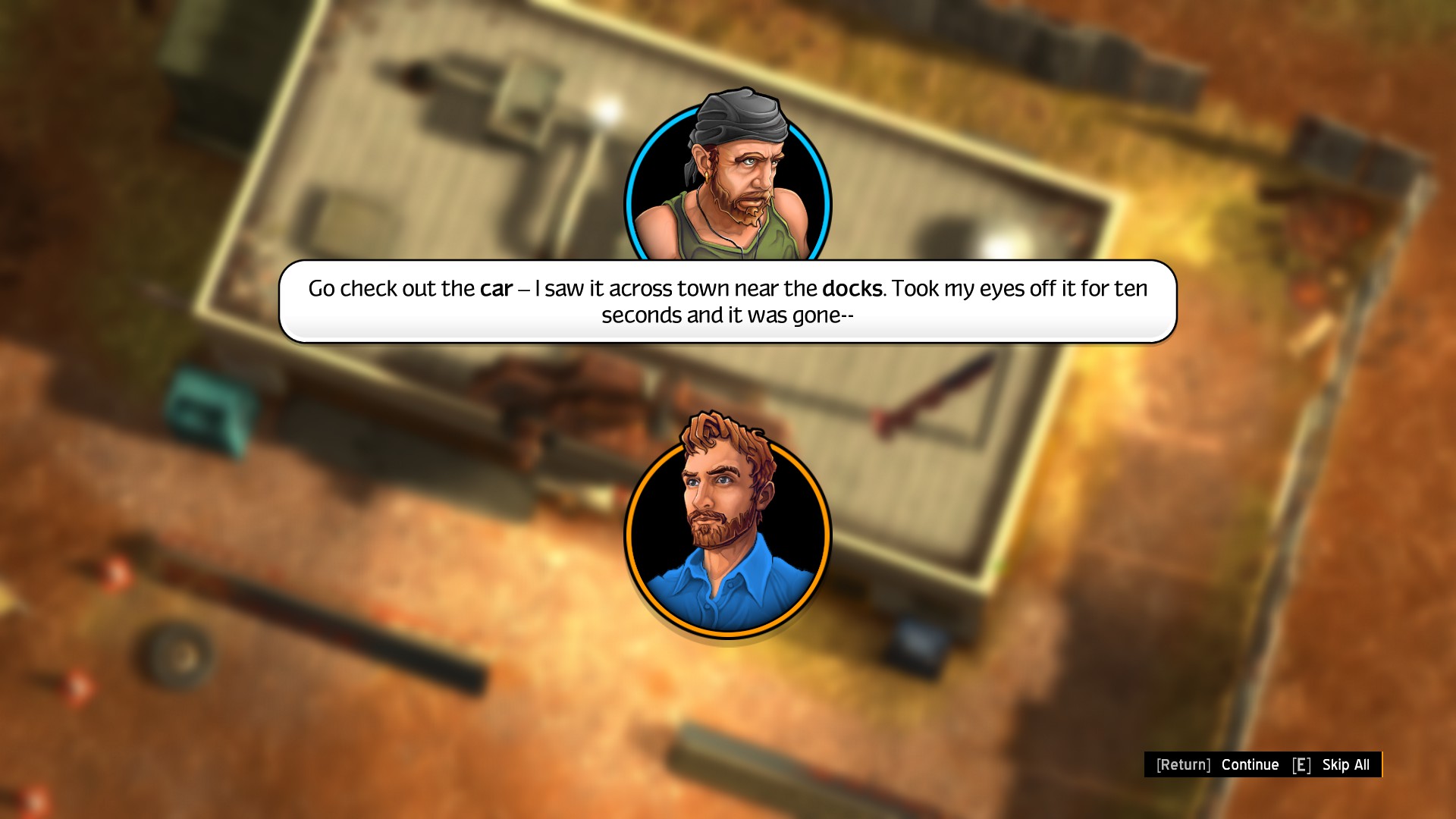Performance on Steam Deck: How Does Battery Life Hold Up?
Introduction
The Steam Deck, Valve’s handheld gaming PC, has revolutionized portable gaming by allowing players to enjoy their Steam libraries on the go. However, one of the most critical aspects of any portable device is battery life. Gamers want to know: How long can the Steam Deck last on a single charge?
In this article, we’ll explore:
- Factors affecting Steam Deck battery life
- Real-world battery performance in different games
- Tips to extend battery life
- Comparisons with other handheld devices
1. Understanding Steam Deck Battery Specifications
The Steam Deck is powered by a 40Whr battery, which is decent for a handheld gaming device. However, battery life varies significantly depending on:
- Game type (indie vs. AAA)
- Screen brightness and refresh rate (40Hz vs. 60Hz)
- Performance settings (TDP, GPU clock, FPS cap)
- Wi-Fi/Bluetooth usage
Valve claims 2-8 hours of battery life, but real-world usage often falls in the 3-5 hour range for most modern games.
2. Real-World Battery Performance in Different Games
A. Lightweight Indie Games (2D, Pixel Art, Low GPU Usage)
Games like Stardew Valley, Celeste, and Hollow Knight are optimized well for the Steam Deck.
- Battery Life: 5-8 hours
- Settings: 60Hz, medium brightness, default TDP
B. Mid-Range Games (Esports, Older AAA Titles)
Titles like CS:GO, Portal 2, and Skyrim (with mods) run smoothly but consume more power.
- Battery Life: 4-6 hours
- Settings: 40Hz/60Hz, medium-high settings
C. Demanding AAA Games (Elden Ring, Cyberpunk 2077, Red Dead Redemption 2)
Modern AAA games push the Steam Deck’s hardware, leading to higher power consumption.
- Battery Life: 1.5-3 hours
- Settings: 30-40Hz, low-medium settings, TDP limited
3. How to Extend Steam Deck Battery Life
If you want to maximize playtime, consider these optimizations:
A. Lower the Refresh Rate (40Hz vs. 60Hz)
- Switching from 60Hz to 40Hz can save 10-20% battery with minimal visual impact.
B. Cap FPS to 30 or 40
- Many AAA games are playable at 30FPS, significantly reducing power draw.
C. Adjust TDP (Thermal Design Power) Limits
- Lowering TDP from 15W to 10W can extend battery life by 20-30% (though performance may drop).
D. Reduce Screen Brightness
- Dimming the screen from 100% to 50% can add 30+ minutes of playtime.
E. Use Offline Mode & Airplane Mode
- Disabling Wi-Fi/Bluetooth when not needed reduces power consumption.
4. Steam Deck vs. Other Handhelds: Battery Comparison
| Device | Battery Capacity | Estimated Battery Life (Gaming) |
|---|---|---|
| Steam Deck | 40Whr | 2-8 hours (varies by game) |
| Nintendo Switch | 16Whr | 3-6 hours |
| ROG Ally | 40Whr | 2-6 hours |
| AYANEO 2 | 50Whr | 3-7 hours |
While the Steam Deck’s battery is competitive, newer devices like the ROG Ally and AYANEO 2 offer slightly better efficiency due to newer chipsets.
5. Future Improvements: Will Battery Life Get Better?
Valve continues to optimize SteamOS, and future updates may improve power efficiency. Additionally:
- Battery mods (higher-capacity batteries) may become available.
- Game developers can optimize titles specifically for the Steam Deck.
- External battery packs (e.g., 45W+ power banks) can extend playtime indefinitely.
Conclusion: Is Steam Deck’s Battery Life Good Enough?
The Steam Deck offers solid battery life for a handheld gaming PC, but it’s not perfect. While indie games last 5+ hours, demanding AAA titles drain the battery in under 3 hours.
Final Verdict:
✅ Great for casual & indie gaming
⚠ Requires tweaks for AAA gaming
🔋 External batteries help for long sessions

If you’re okay with some compromises, the Steam Deck remains one of the best portable gaming solutions available today.


















